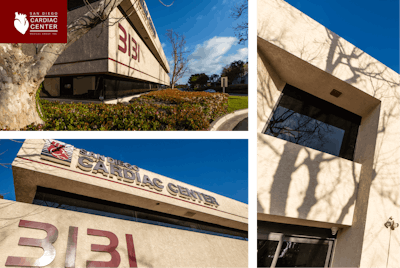At San Diego Cardiac Center, we treat the full spectrum of heart conditions. Our specialists have an extraordinary level of experience, knowledge, and access to newer treatments that often produce better outcomes and are less invasive. Some of the heart conditions we treat include:
- Adult Kawasaki disease: A condition that involves inflammation of the blood vessels that supply blood to the heart muscle and is an abnormal immune response triggered by an infection or other environmental factors in genetically predisposed individuals.
- Aneurysms: An aneurysm is a bulging section of a blood vessel. It is often caused by a weakened area where the vessel branches, and as the blood passes through the area, the pressure causes it to bulge and potentially break. An aneurysm commonly develops due to plaque buildup on the blood vessel wall or high blood pressure.
- Angina: Chest pain associated with the heart no longer receiving enough oxygenated blood. It may feel like a squeezing sensation in your chest or pain in the shoulders, arms, neck, jaw, or back. Angina may be “stable” or “unstable.”
- Atrial fibrillation: A quivering or irregular heartbeat that poses a risk of blood clots, stroke, heart failure and other serious heart conditions.
- Atrial flutter: A type of heart arrhythmia, atrial flutter is a condition in which the upper chambers of the heart pump at an abnormally rapid rate, which can lead to stroke, disability, or death.
- Cardiac arrhythmia: An arrhythmia is irregular heartbeat, where the heart may beat too fast, too slow, or in an erratic pattern. This condition can affect the heart's ability to pump blood effectively, potentially leading to symptoms like dizziness, shortness of breath, or fatigue, and may require medical intervention depending on its severity.
- Cardiomyopathy: Cardiomyopathy is a disease affecting the heart muscle, typically causing the heart to become enlarged, rigid, thick, or in some cases, healthy tissue is replaced with scar tissue.
- Congenital heart conditions: Some heart conditions are present at birth and affect the way the blood flows through your heart. These conditions include a hole in the heart between the upper two chambers, between the lower two chambers, or affecting all four chambers. These defects often need to be treated surgically soon after birth.
- Coronary heart disease: When plaque builds up on the arteries that deliver blood to the heart, it causes the arteries to become narrower. This can lead to a range of symptoms that include chest pain, weakness, light-headedness, shortness of breath, or cold sweats, among others.
- Deep vein thrombosis: A blood clot forming in a vein, typically the legs. This condition often develops when blood flow slows down or becomes stagnant, allowing blood cells to clump together and form a clot.
- Heart failure: A progressive condition in which the heart can not pump enough blood to keep the body healthy and is failing. As a result, organs and tissues may not receive the oxygen and nutrients they need, leading to symptoms such as swelling, fatigue, and shortness of breath.
- Heart infections: Heart infections can lead to heart inflammation, damage to the heart’s inner lining, damage to the valves, damage to the membranes, or damage to the heart muscle itself.
- Hypertension: Hypertension is high blood pressure, which, if left untreated, can lead to heart disease, heart attack, or stroke.
- Pulmonary embolism: A blood clot lodged in an artery in the lung. This blockage can impair blood flow to the lungs, causing serious complications and may be life-threatening.
- Stroke: A stroke can lead to permanent disability or death, but in some cases, early, life-saving treatment can be performed. Such treatments include medication, angioplasty, stent, bypass surgery, or other treatment.
- Valvular heart disease: When a valve in the heart is damaged or diseased, it is termed valvular heart disease. The heart has four valves, any of which can be leaky, narrowed, unable to open properly (stenosis), unable to close properly, or be missing some portion of tissue.
Why Choose San Diego Cardiac Center for Your Heart Conditions?
At San Diego Cardiac Center, our compassionate cardiac specialists and dedicated support staff will ensure you receive the highest level of care. We are committed to making your experience as comfortable as possible. With access to state-of-the-art diagnostic technologies, we offer a wide range of advanced treatments tailored to your cardiac health needs.

